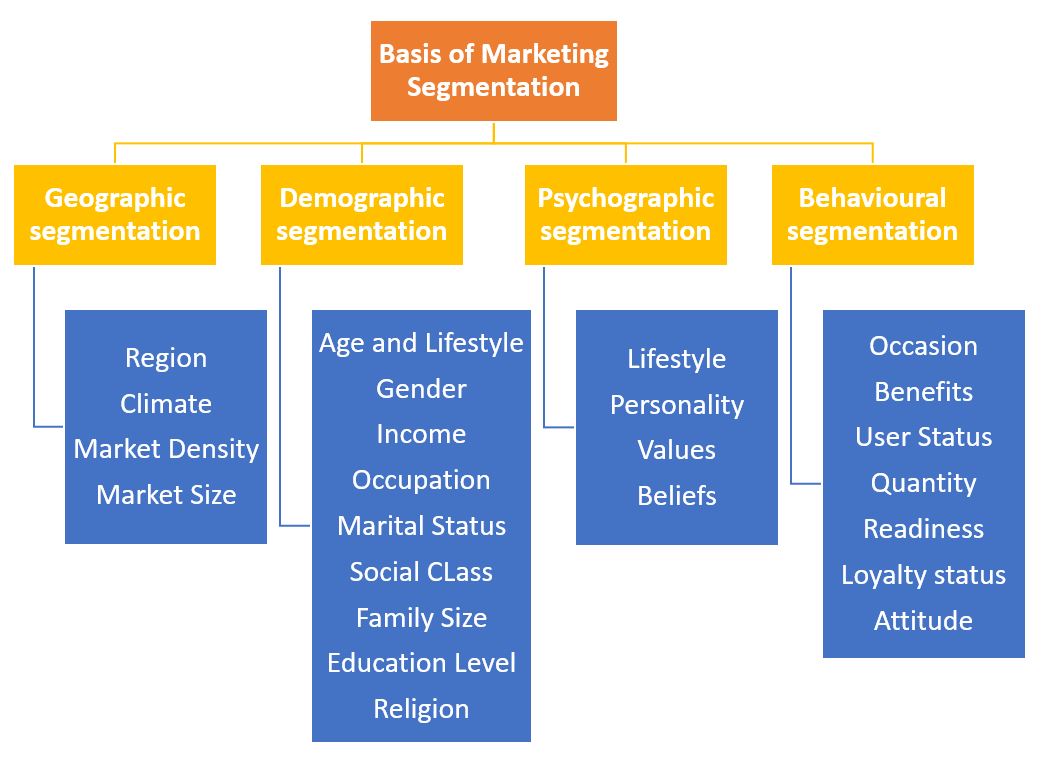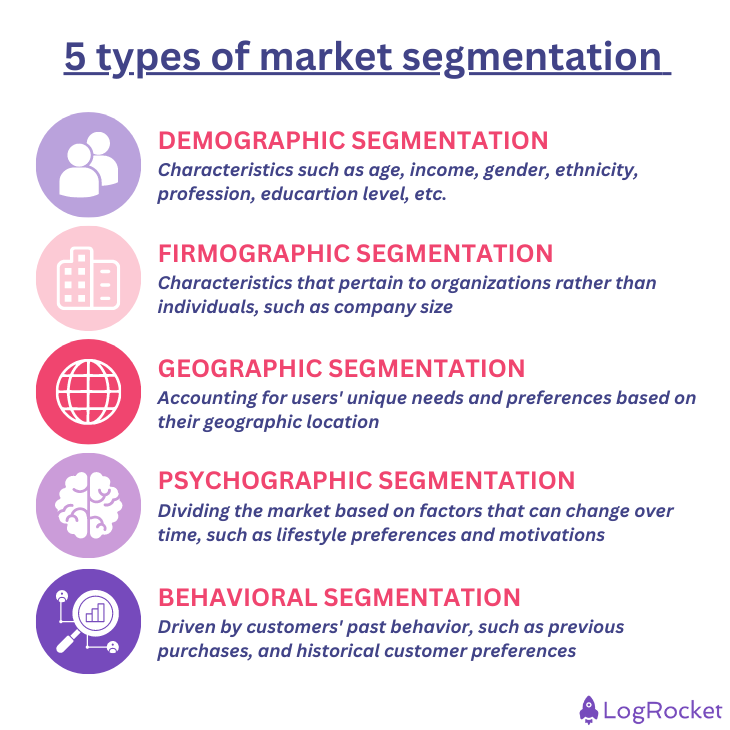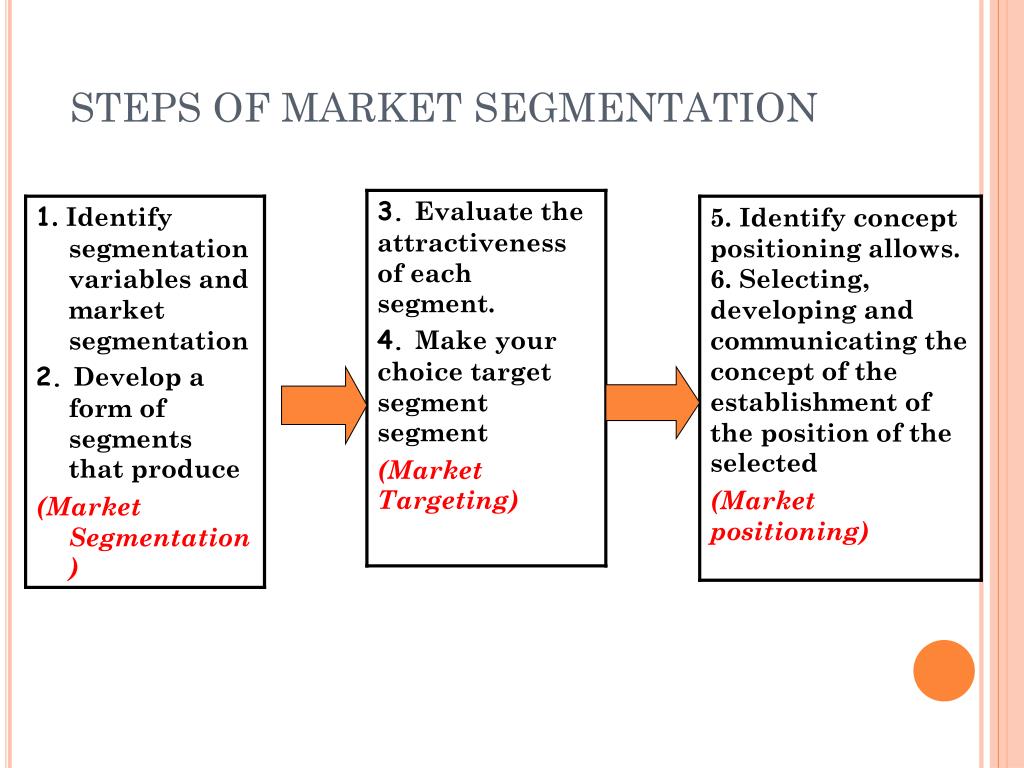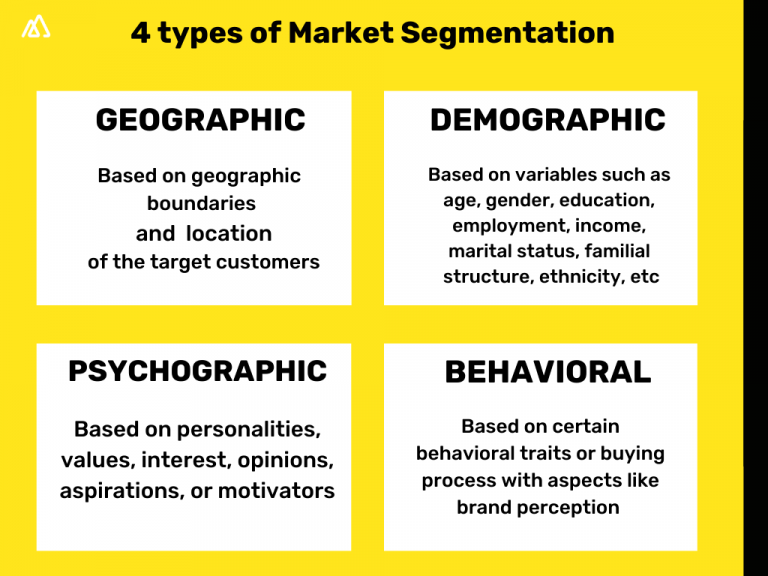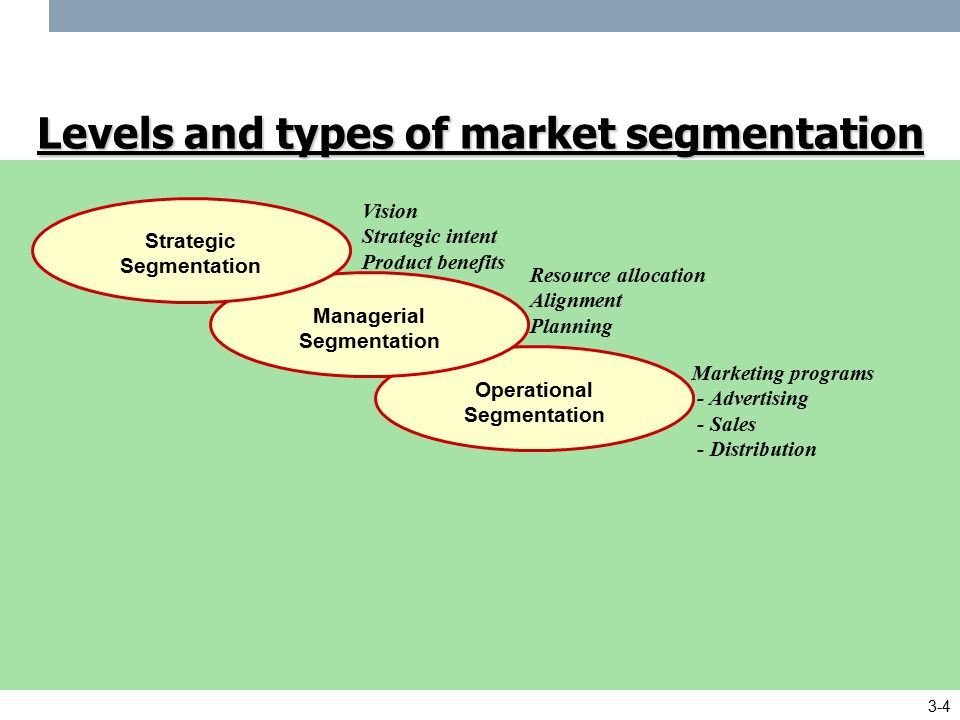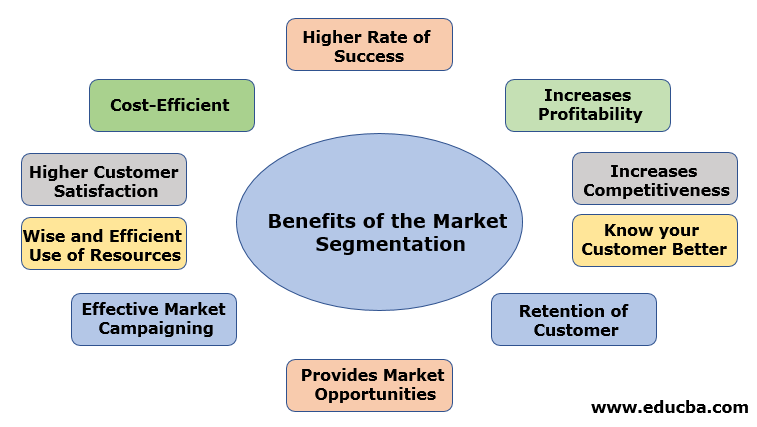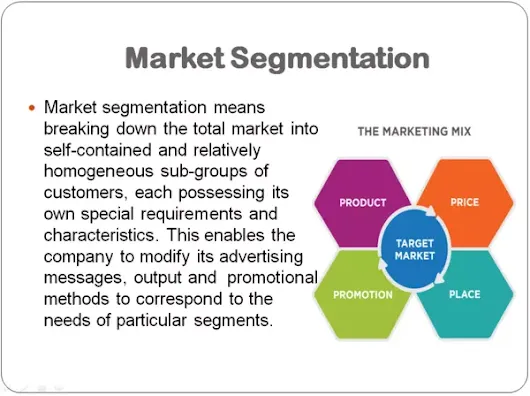Which Statement Is True Of Market Segmentation

Breaking News: Confusion swirls around the fundamental principles of market segmentation. A critical debate has emerged, demanding immediate clarification for businesses nationwide.
This article cuts through the ambiguity, pinpointing the single, undeniably accurate statement regarding effective market segmentation. Understanding this is now crucial for strategic decision-making and competitive advantage.
The Core Question: What Defines True Market Segmentation?
Several interpretations of market segmentation exist, each with varying degrees of accuracy. The debate centers on the core characteristics of a truly effective segmentation strategy.
The False Claims: Debunking Misconceptions
One common misconception is that market segmentation is solely about demographic data. While demographics play a role, they are insufficient on their own.
Another fallacy is believing that larger segments are always better. Effective segmentation prioritizes homogeneity and responsiveness, not just size.
The Verified Truth: Focusing on Responsiveness
The definitive statement on market segmentation? Effective market segmentation creates segments whose members are likely to respond similarly to a specific marketing mix.
This focuses on behavioral similarities and predictable reactions. It's about anticipating how a group will respond to pricing, promotion, and product features.
Why Responsiveness Matters: The Strategic Imperative
Segment responsiveness directly impacts ROI on marketing initiatives. Knowing how a segment will react allows for targeted, efficient campaigns.
Businesses using responsive segmentation experience higher conversion rates. They also benefit from increased customer loyalty and brand advocacy.
The Data Speaks: Evidence of Success
Studies consistently show that companies prioritizing responsiveness in segmentation outperform competitors. These firms witness measurable gains in market share and profitability.
Forrester Research reports a 25% increase in campaign effectiveness for companies with advanced segmentation strategies. This underlines the importance of understanding segment behaviors.
How To Achieve Responsive Segmentation: Practical Steps
Begin by collecting comprehensive data on customer behavior. Analyze purchase history, website activity, and engagement with marketing materials.
Utilize advanced analytics and machine learning to identify patterns. Look beyond surface-level demographics and dive into motivations and needs.
Test and refine your segments based on real-world results. A/B testing different marketing approaches within each segment will reveal valuable insights.
Case Studies: Real-World Applications
Nike effectively segments based on athletic activity and performance goals. Their marketing caters to runners, basketball players, and fitness enthusiasts with tailored messaging.
Amazon uses behavioral data to personalize product recommendations. This targeted approach increases sales and fosters customer loyalty.
The Implications: Moving Forward with Clarity
Misunderstanding market segmentation can lead to wasted resources and missed opportunities. Prioritizing responsiveness is now essential.
Businesses must adopt a data-driven, behaviorally focused approach. This will ensure marketing efforts are effective and yield tangible results.
What's Next: Immediate Action Required
Companies need to reassess their current segmentation strategies. Are they truly focused on responsiveness, or relying on outdated methods?
Invest in training and technology to enhance segmentation capabilities. Staying ahead of the curve is crucial for long-term success in a competitive market.
This evolving understanding of market segmentation demands continuous monitoring. Expect updates as new data emerges and strategies evolve. Stay informed, adapt, and thrive.

